Home>Gardening & Outdoor>Landscaping Ideas>What Kills Weeds But Not Grass
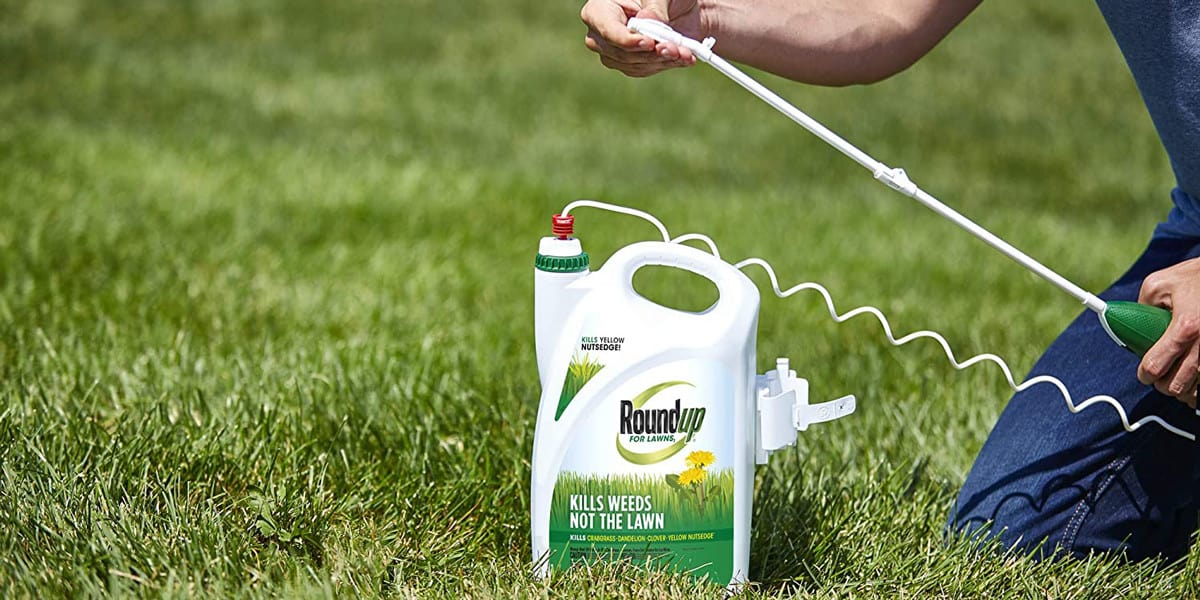

Landscaping Ideas
What Kills Weeds But Not Grass
Modified: February 18, 2024
Discover effective landscaping ideas for killing weeds without harming your grass. Explore eco-friendly solutions and expert tips for a healthy lawn.
(Many of the links in this article redirect to a specific reviewed product. Your purchase of these products through affiliate links helps to generate commission for Storables.com, at no extra cost. Learn more)
Introduction
Landscaping is an art that requires patience, dedication, and a keen eye for detail. While nurturing a lush, green lawn can be a homeowner's pride and joy, the presence of weeds can quickly turn this dream into a nightmare. Weeds are invasive plants that compete with grass for nutrients, water, and sunlight, ultimately jeopardizing the health and appearance of your lawn. However, the challenge lies in effectively eliminating weeds without causing harm to the surrounding grass. So, what kills weeds but not grass?
In this comprehensive guide, we will delve into the nuances of weed control, offering insights into the key differences between weeds and grass, as well as a range of methods for eradicating weeds while safeguarding the well-being of your grass. Whether you are a seasoned gardener or a novice enthusiast, understanding the dynamics of weed management is crucial for maintaining a vibrant and flourishing lawn. Let's embark on this journey to discover the secrets of combating weeds while nurturing a thriving carpet of grass.
Key Takeaways:
- To keep your lawn lush and weed-free, focus on proper maintenance like regular mowing and targeted spot treatments with herbicides. This helps eliminate weeds while protecting the health of your grass.
- Consider natural methods such as mulching, hand weeding, and vinegar-based herbicides to control weeds without harming the grass. These eco-friendly approaches promote a healthy lawn and environment.
Read more: What Weed Killer Kills Grass
Understanding the Difference Between Weeds and Grass
Before delving into the methods of eradicating weeds while preserving the health of your grass, it is imperative to grasp the distinctions between these two types of vegetation. Grass, typically the desired component of a lawn, is characterized by its uniform, lush, and resilient nature. It is carefully nurtured to create a verdant carpet that enhances the aesthetic appeal of outdoor spaces.
On the other hand, weeds are opportunistic plants that often exhibit rapid growth and resilience in various environmental conditions. Unlike grass, weeds tend to disrupt the uniformity of a lawn, appearing as unsightly intruders that detract from its visual appeal. Weeds can manifest in diverse forms, including broadleaf varieties such as dandelions and clover, as well as grassy weeds like crabgrass and quackgrass.
One of the fundamental disparities between weeds and grass lies in their growth habits and reproductive mechanisms. While grass is typically propagated through seed sowing or turf installation, weeds can spread through airborne seeds, underground rhizomes, or creeping stems. This innate ability to proliferate rapidly underscores the importance of implementing effective weed control measures to prevent their encroachment on the grass.
Furthermore, understanding the physiological disparities between weeds and grass is crucial for devising targeted weed management strategies. For instance, certain herbicides may selectively target broadleaf weeds while sparing grassy species, capitalizing on the divergent biological characteristics of these plant types. By discerning the nuanced differences between weeds and grass, homeowners can adopt a more informed approach to weed control, thereby safeguarding the vitality and lushness of their cherished lawns.
Methods for Killing Weeds While Protecting Grass
When combating weeds in a lawn, it is essential to employ targeted methods that effectively eliminate these unwanted intruders while safeguarding the health and vitality of the grass. Several approaches can be utilized to achieve this delicate balance, ensuring that the lawn remains lush and free from the encroachment of invasive weeds.
1. Proper Lawn Maintenance: Maintaining a healthy lawn is the first line of defense against weeds. Regular mowing, appropriate watering, and adequate fertilization contribute to the robust growth of grass, creating an environment that is less conducive to weed establishment.
2. Manual Weed Removal: Hand pulling or digging out weeds can be an effective method, particularly for isolated or scattered weed infestations. This approach allows for precise weed removal without causing harm to the surrounding grass.
3. Targeted Spot Treatments: Utilizing selective herbicides that specifically target the identified weed species while minimizing impact on the surrounding grass can be an effective strategy. This approach requires careful consideration of the type of weed and the appropriate herbicidal formulation.
4. Integrated Weed Management: Adopting a holistic approach that combines cultural practices, such as overseeding bare patches and promoting dense grass coverage, with judicious herbicide applications can yield comprehensive weed control while promoting the vigor of the grass.
5. Pre-Emergent Herbicides: Applying pre-emergent herbicides at the appropriate times can prevent weed seeds from germinating, thereby curbing weed establishment without adversely affecting the existing grass.
By integrating these methods and customizing them to suit the specific characteristics of the lawn and the prevalent weed species, homeowners can effectively combat weeds while nurturing a thriving carpet of grass. It is important to exercise caution and precision when implementing these methods, as the goal is to achieve weed control without compromising the health and aesthetics of the lawn.
Use a selective herbicide that targets broadleaf weeds without harming grass. Look for products containing ingredients like 2,4-D or dicamba. Follow the instructions carefully for best results.
Chemical Weed Killers
Chemical weed killers, also known as herbicides, are potent tools for eradicating weeds in lawns while preserving the integrity of the grass. These products are formulated to target specific types of weeds, offering a tailored approach to weed control. When used judiciously and in accordance with the manufacturer’s instructions, chemical weed killers can effectively combat weeds without causing undue harm to the surrounding grass.
There are two primary categories of herbicides: selective and non-selective. Selective herbicides are designed to target specific types of weeds while minimizing impact on desirable plants such as grass. These formulations are invaluable for addressing weed infestations without compromising the health and aesthetics of the lawn. Non-selective herbicides, on the other hand, are broad-spectrum and can effectively control a wide range of weeds but must be used with caution to prevent damage to the grass.
It is essential to identify the predominant weed species in the lawn before selecting a chemical weed killer, as different herbicides are tailored to address specific types of weeds. For example, broadleaf herbicides are effective against dandelions, clover, and other broadleaf weeds, while grass-selective herbicides target invasive grassy species such as crabgrass and quackgrass.
When applying chemical weed killers, it is crucial to adhere to recommended application rates and timings. Over-application can lead to damage to the grass, while under-application may prove ineffective in controlling the weeds. Additionally, environmental factors such as temperature, humidity, and precipitation should be taken into account to optimize the efficacy of herbicidal treatments.
Furthermore, homeowners should exercise caution when using chemical weed killers, employing protective gear and ensuring that the products are stored and disposed of in accordance with local regulations. By following best practices and leveraging the targeted capabilities of chemical weed killers, homeowners can effectively combat weeds while nurturing a vibrant and healthy lawn.
Natural Weed Control Methods
For homeowners seeking environmentally friendly and sustainable approaches to weed control, natural methods offer effective alternatives to chemical weed killers. These methods harness the inherent properties of organic substances and physical interventions to suppress weed growth while promoting the well-being of the grass and the overall ecosystem of the lawn.
1. Mulching: Applying a layer of organic mulch, such as wood chips, straw, or shredded leaves, around plants and in garden beds can inhibit weed germination by blocking sunlight and impeding weed establishment. Mulch also helps retain soil moisture and regulates soil temperature, creating a conducive environment for the grass while suppressing weed growth.
2. Hand Weeding: Hand pulling or using handheld weeding tools to remove weeds is a labor-intensive yet effective natural control method. This approach allows for precise weed removal without the use of chemicals, preserving the health of the grass and the surrounding flora.
3. Vinegar-Based Herbicides: Solutions containing acetic acid, a component of vinegar, can serve as natural herbicidal agents. When applied directly to weeds, these solutions can desiccate and kill the unwanted plants. It is important to exercise caution when using vinegar-based herbicides to prevent unintended harm to desirable vegetation.
4. Boiling Water: Pouring boiling water over weeds can be an effective and eco-friendly method for weed control in areas where grass is not at risk of scalding. This approach is particularly suitable for targeting weeds growing in pavement cracks and other hardscapes.
5. Corn Gluten Meal: This natural byproduct of corn processing serves as a pre-emergent herbicide, inhibiting the germination of weed seeds. By applying corn gluten meal to the lawn at the appropriate times, homeowners can prevent weed establishment while nourishing the grass with organic nutrients.
By integrating these natural weed control methods into their lawn care regimen, homeowners can effectively manage weed infestations while upholding the health and vitality of the grass. These approaches offer sustainable solutions that align with eco-conscious practices, contributing to the overall well-being of the lawn and the surrounding environment.
Read more: What Kills Grass And Weeds But Not Flowers
Conclusion
In the pursuit of a vibrant and healthy lawn, the challenge of combating weeds while preserving the well-being of the grass is a common concern for homeowners and gardening enthusiasts. Understanding the nuanced differences between weeds and grass is the cornerstone of effective weed management, allowing for targeted approaches that address weed infestations without compromising the vitality and aesthetics of the lawn.
By embracing a holistic approach to lawn care, incorporating proper maintenance practices, and leveraging a combination of targeted weed control methods, homeowners can achieve a harmonious balance between weed eradication and grass preservation. Whether through the strategic use of chemical weed killers tailored to specific weed types or the implementation of natural weed control methods that align with eco-friendly principles, there are diverse avenues for maintaining a weed-free lawn while nurturing the lushness of the grass.
It is essential for homeowners to exercise caution and precision when applying weed control measures, ensuring that the chosen methods are compatible with the grass species and the prevalent weed varieties. By doing so, they can safeguard the health of the lawn and contribute to the creation of an inviting outdoor space that is free from the encroachment of invasive weeds.
Ultimately, the quest to eliminate weeds while protecting grass is a testament to the dedication and care invested in cultivating a thriving lawn. By staying attuned to the unique needs of the grass and implementing tailored weed control strategies, homeowners can revel in the beauty of a verdant and resilient lawn, free from the disruptive presence of weeds. With a steadfast commitment to proactive lawn care and informed weed management, the vision of a lush, weed-free expanse can be transformed into a tangible and enduring reality.
Frequently Asked Questions about What Kills Weeds But Not Grass
Was this page helpful?
At Storables.com, we guarantee accurate and reliable information. Our content, validated by Expert Board Contributors, is crafted following stringent Editorial Policies. We're committed to providing you with well-researched, expert-backed insights for all your informational needs.

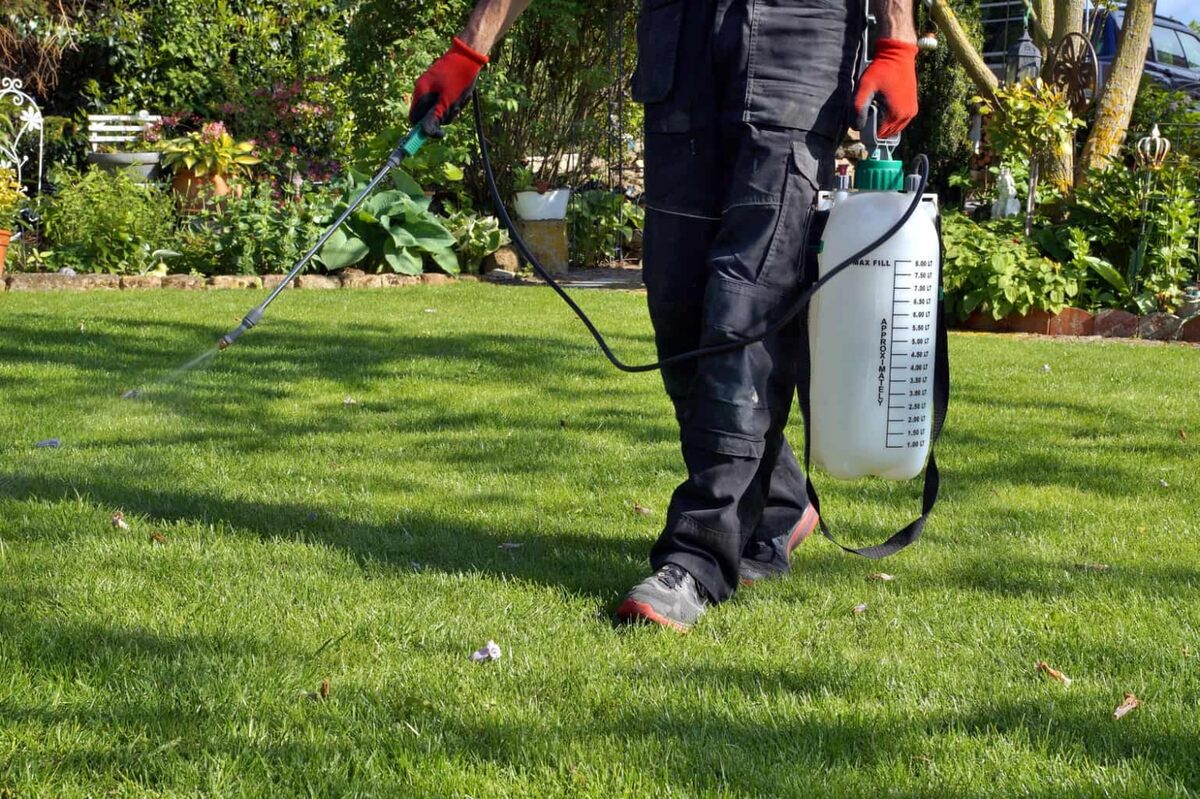
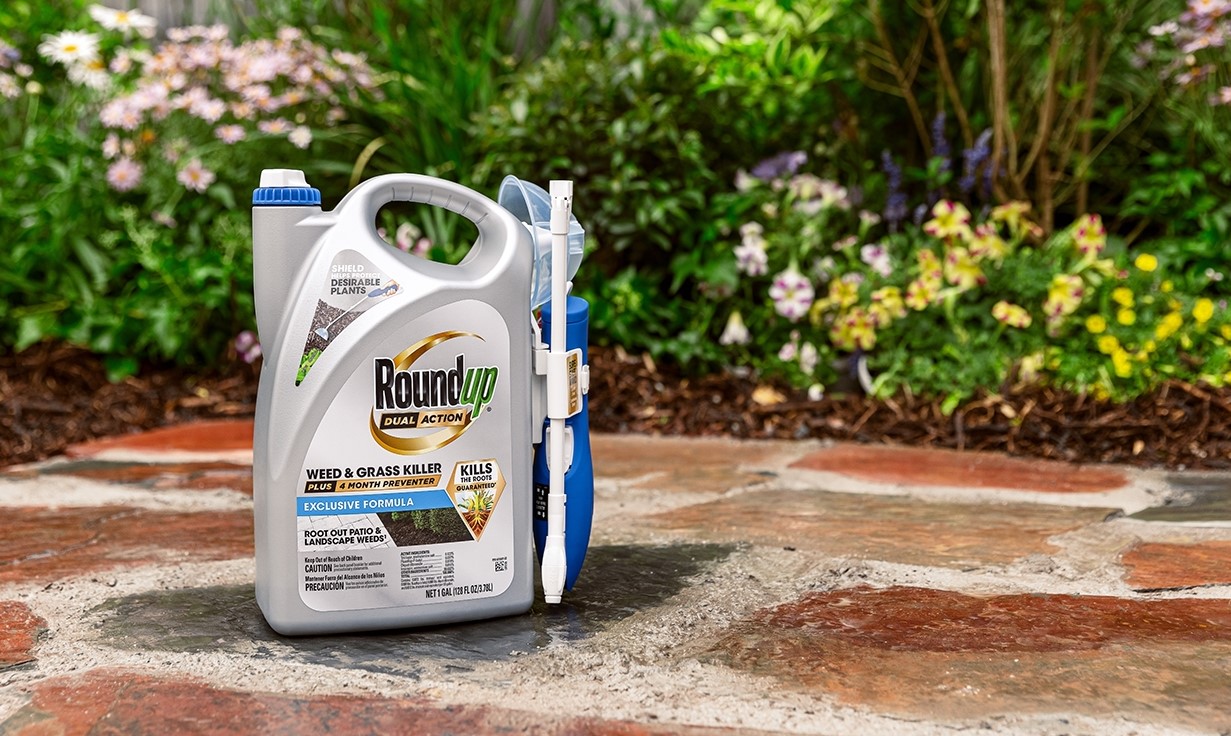
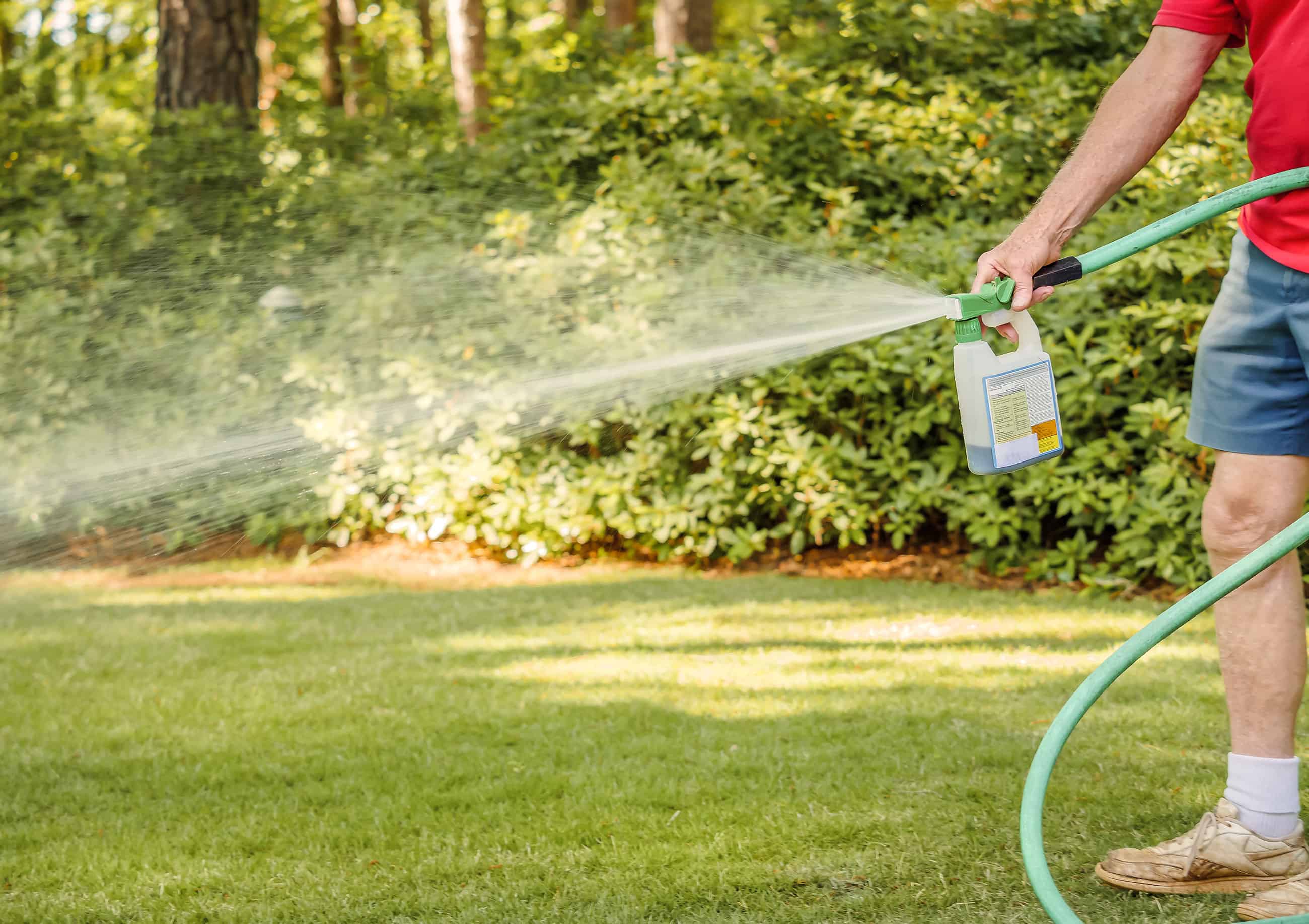
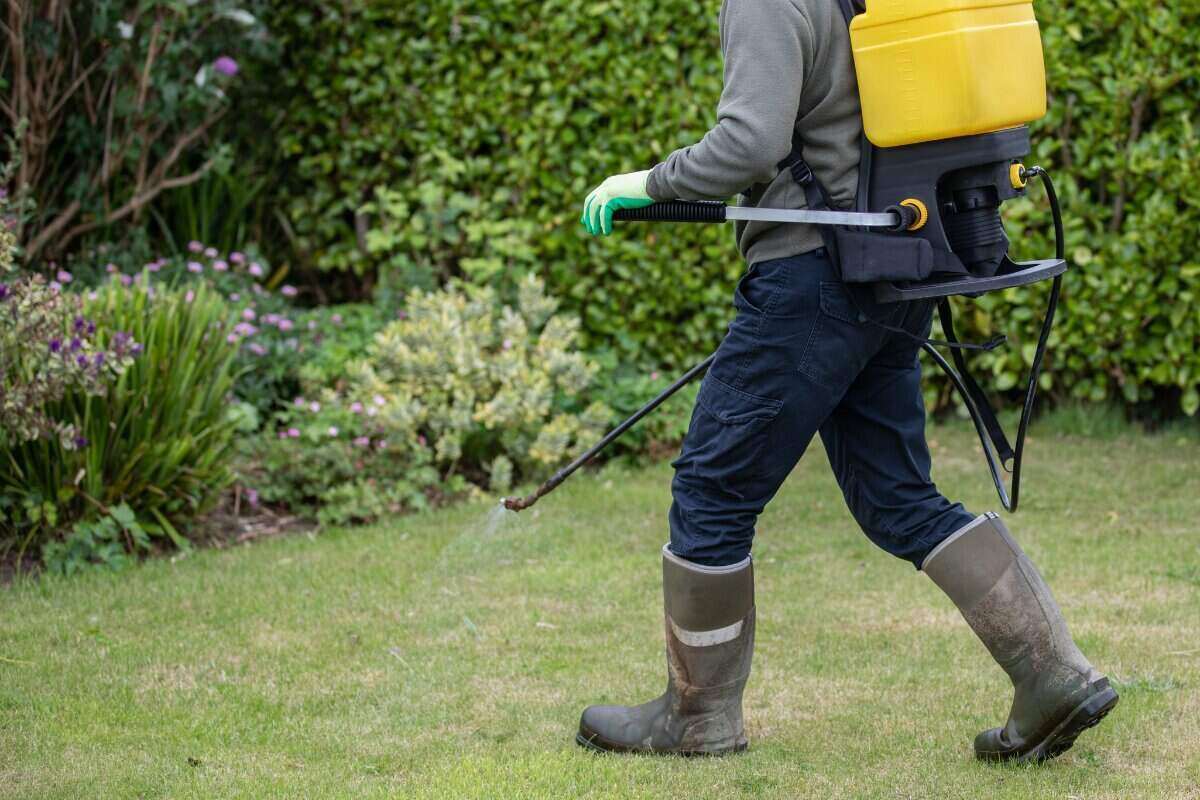
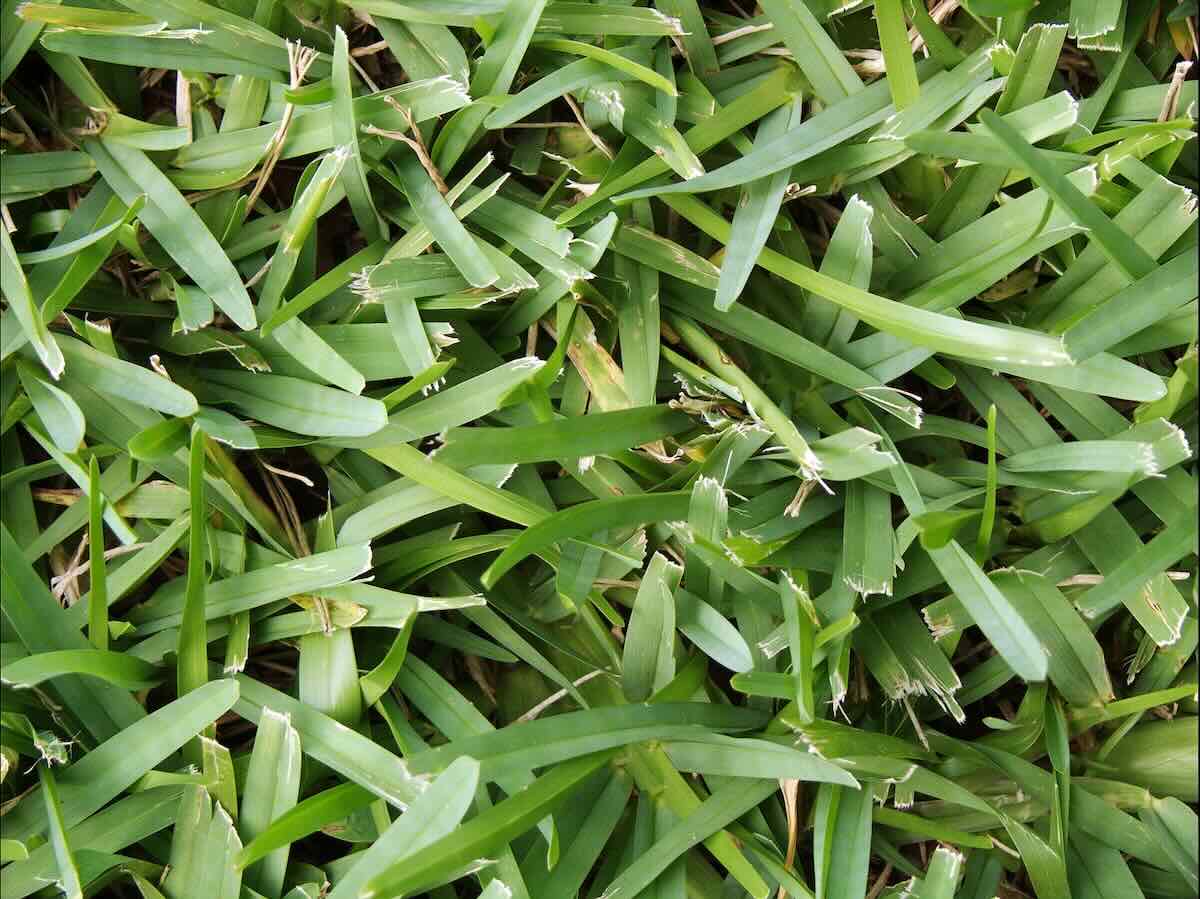
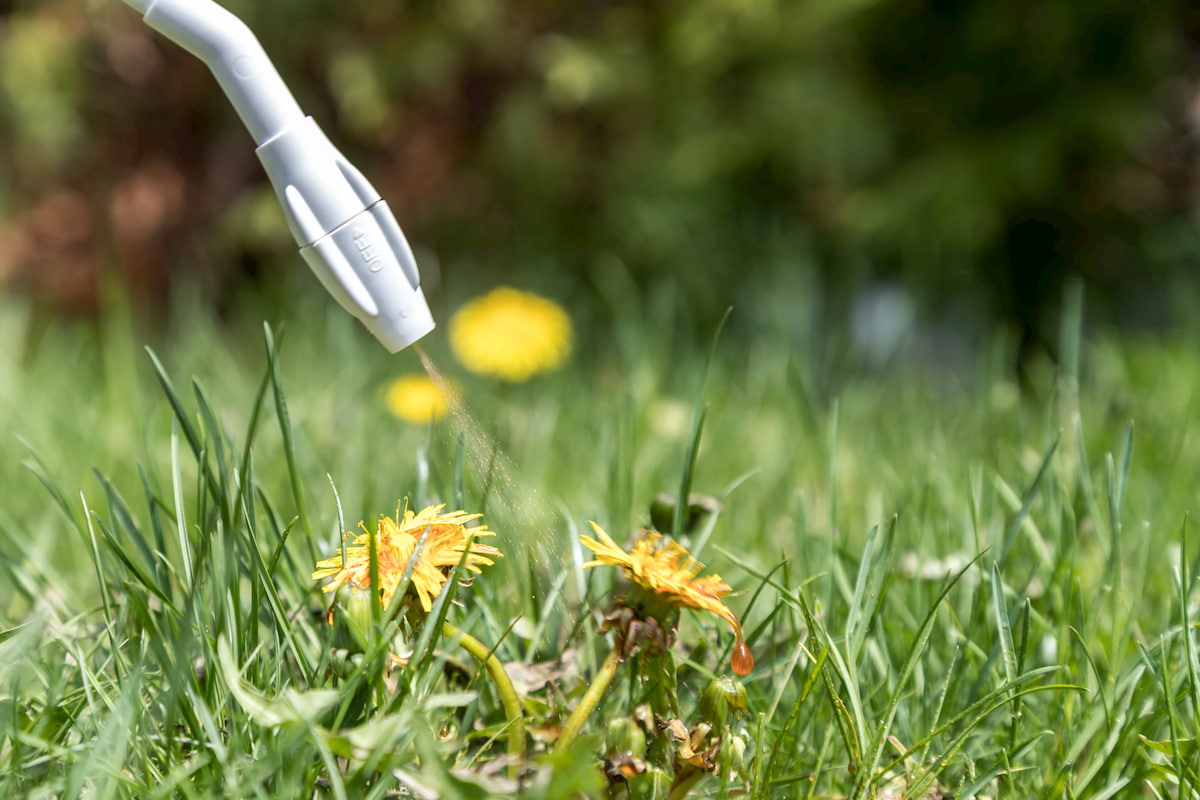
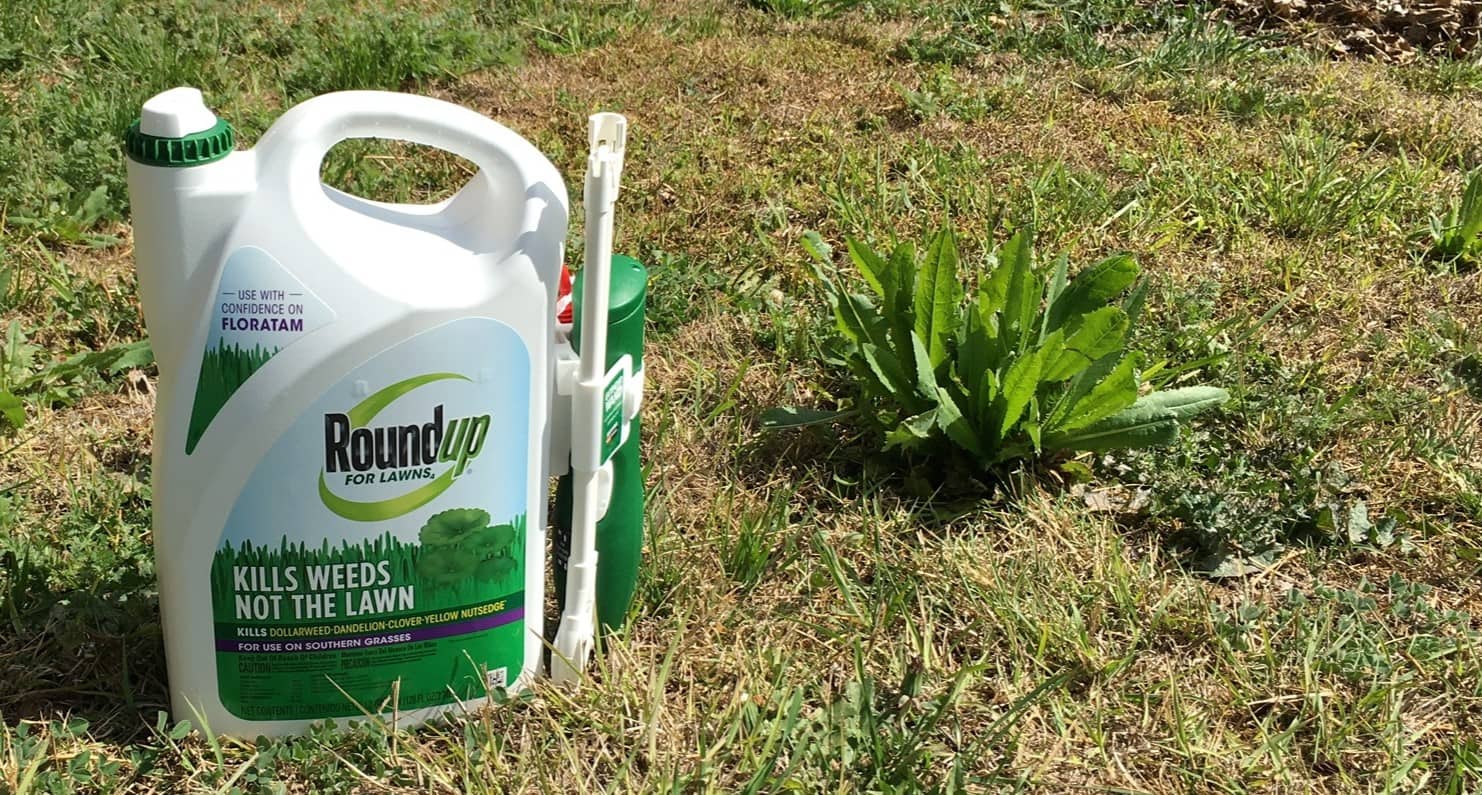
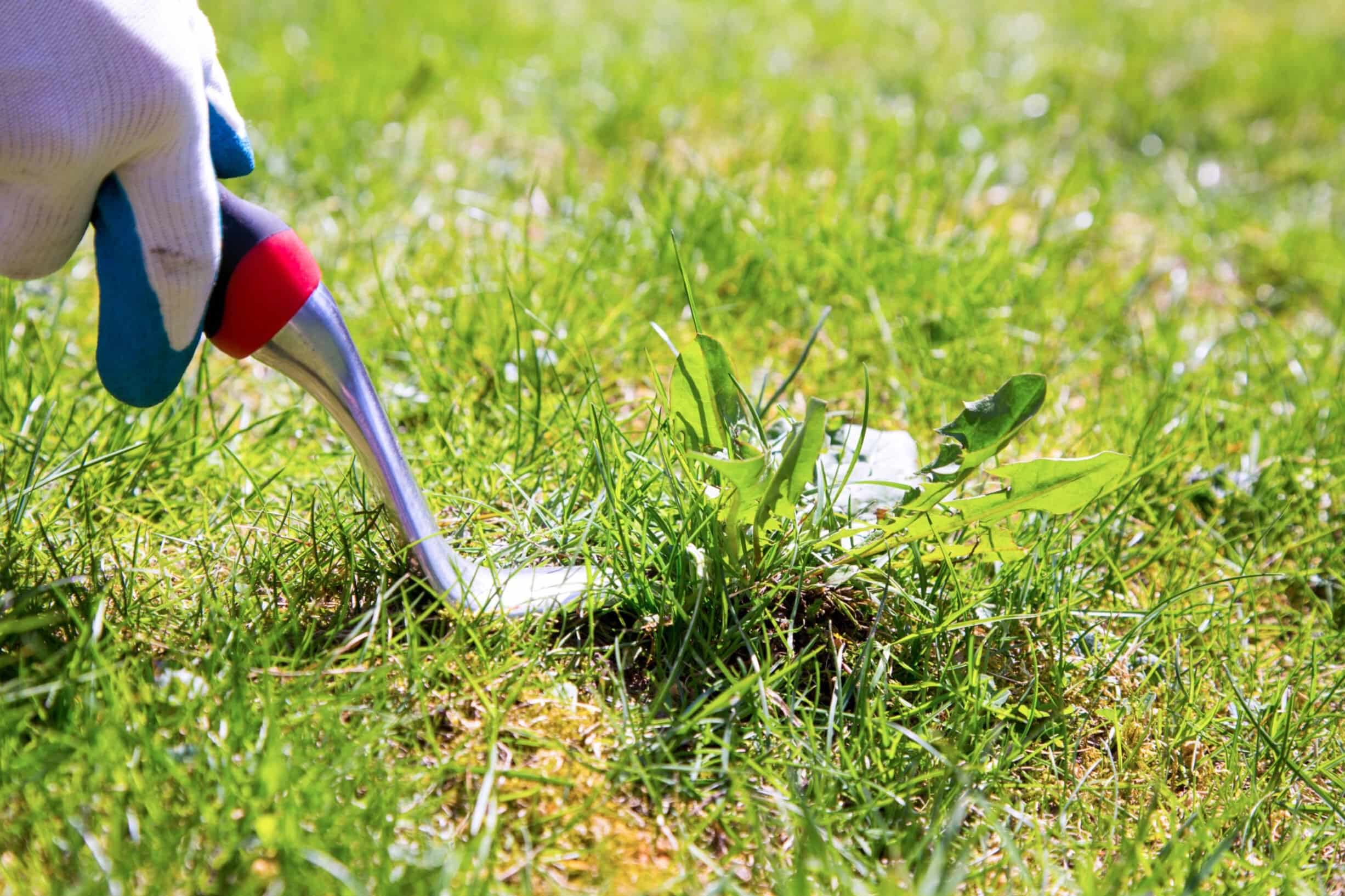
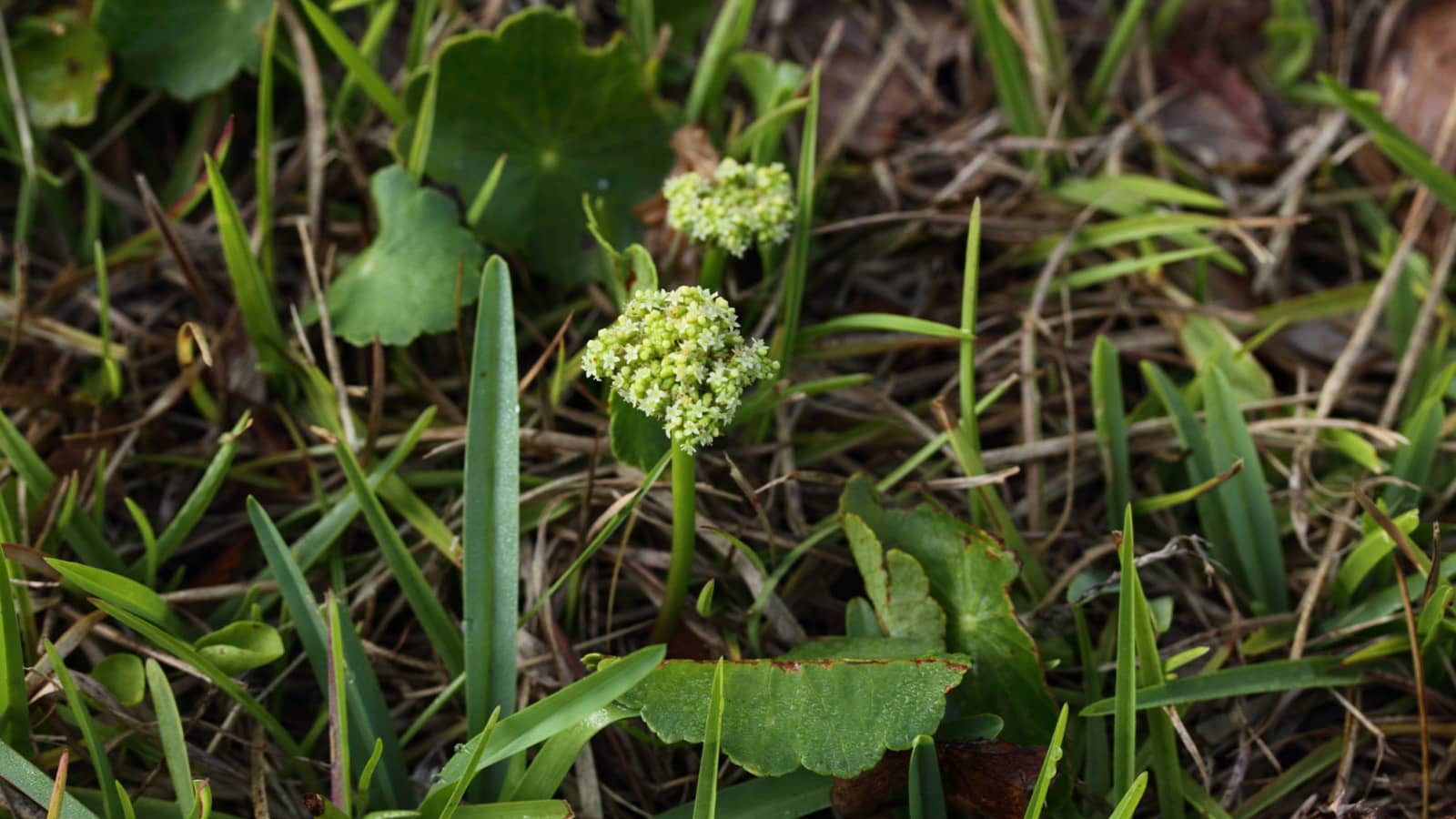
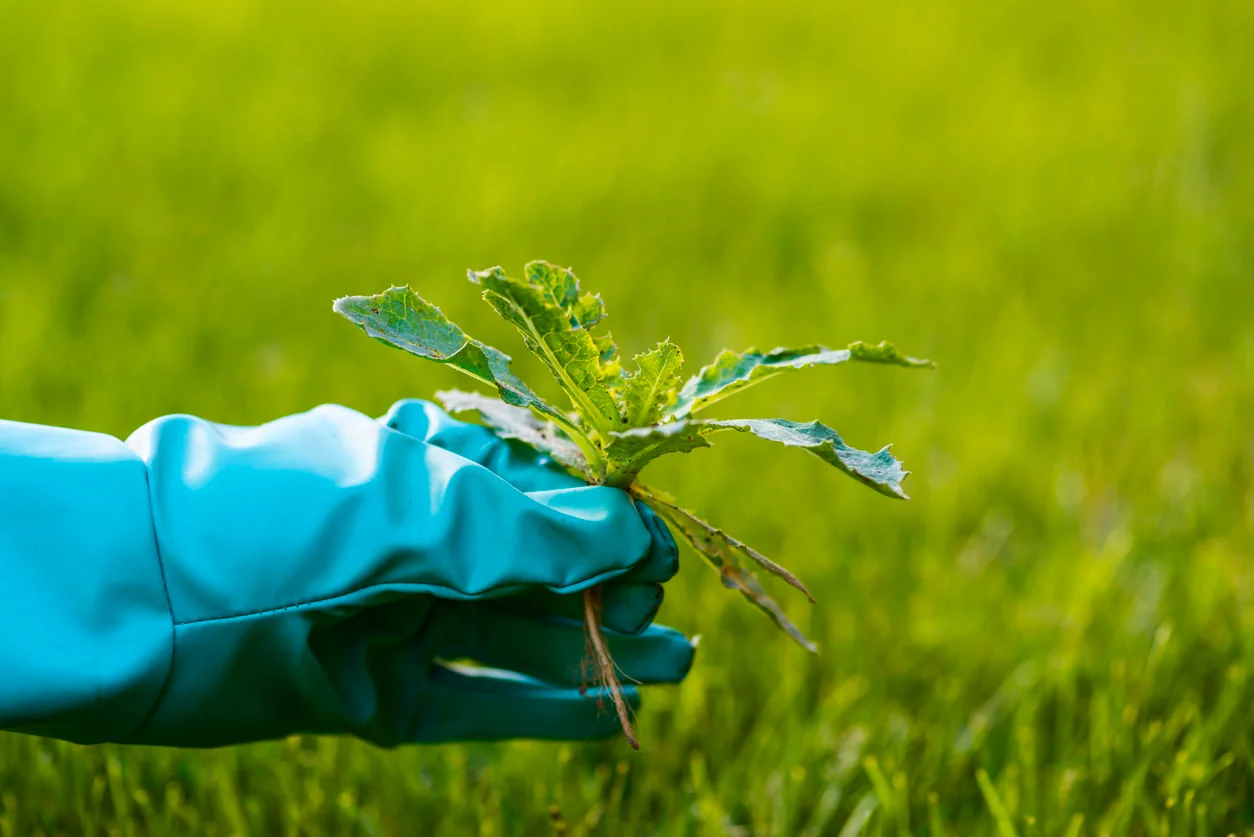
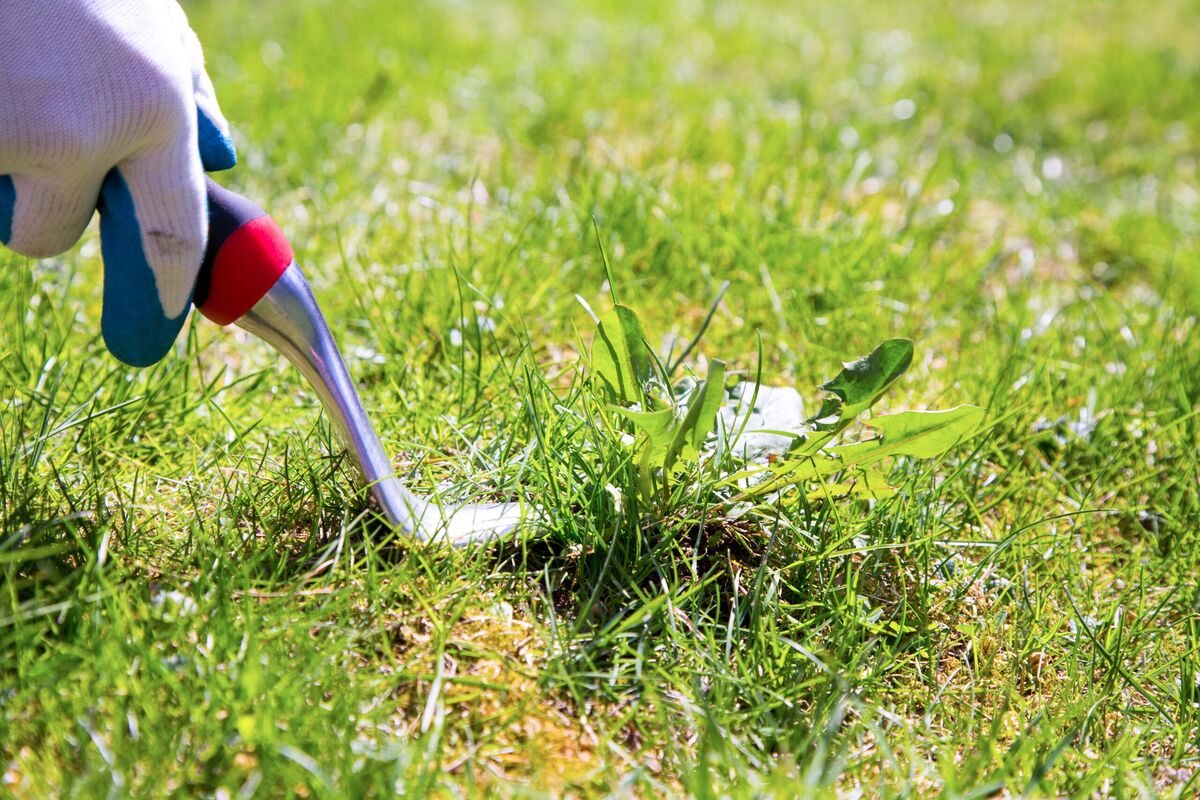
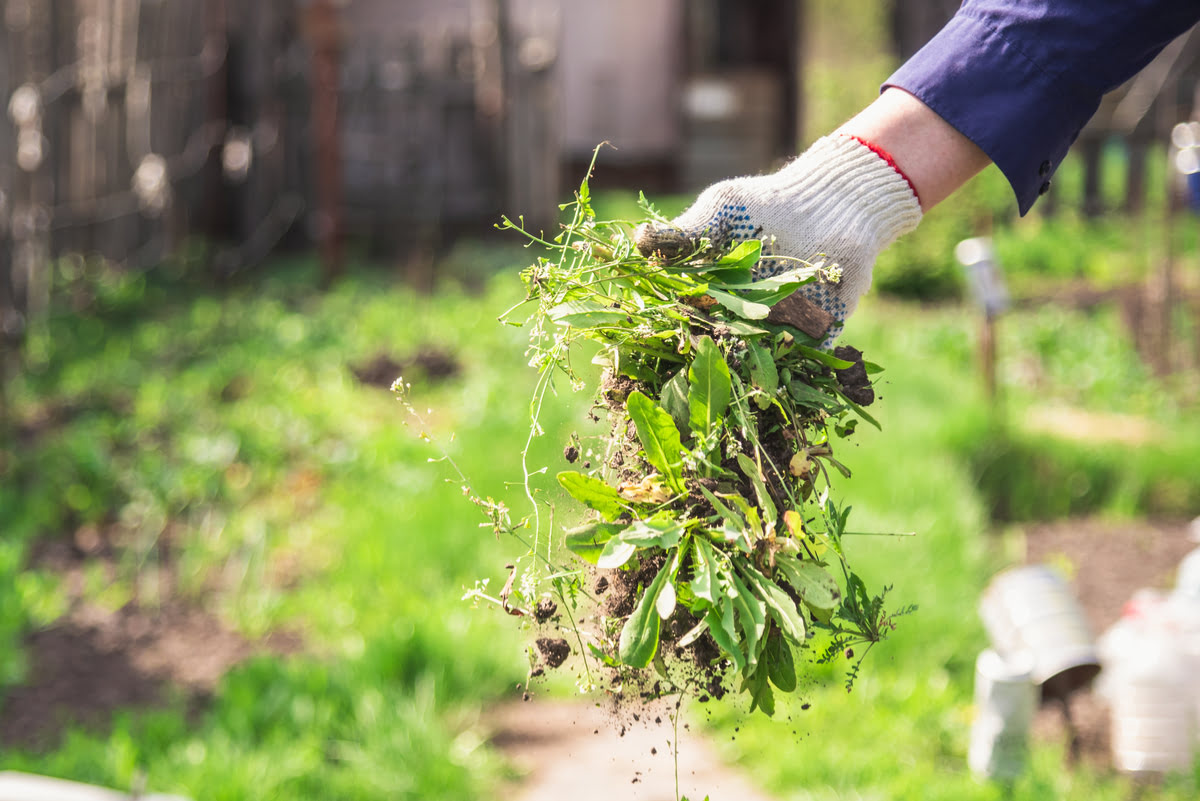
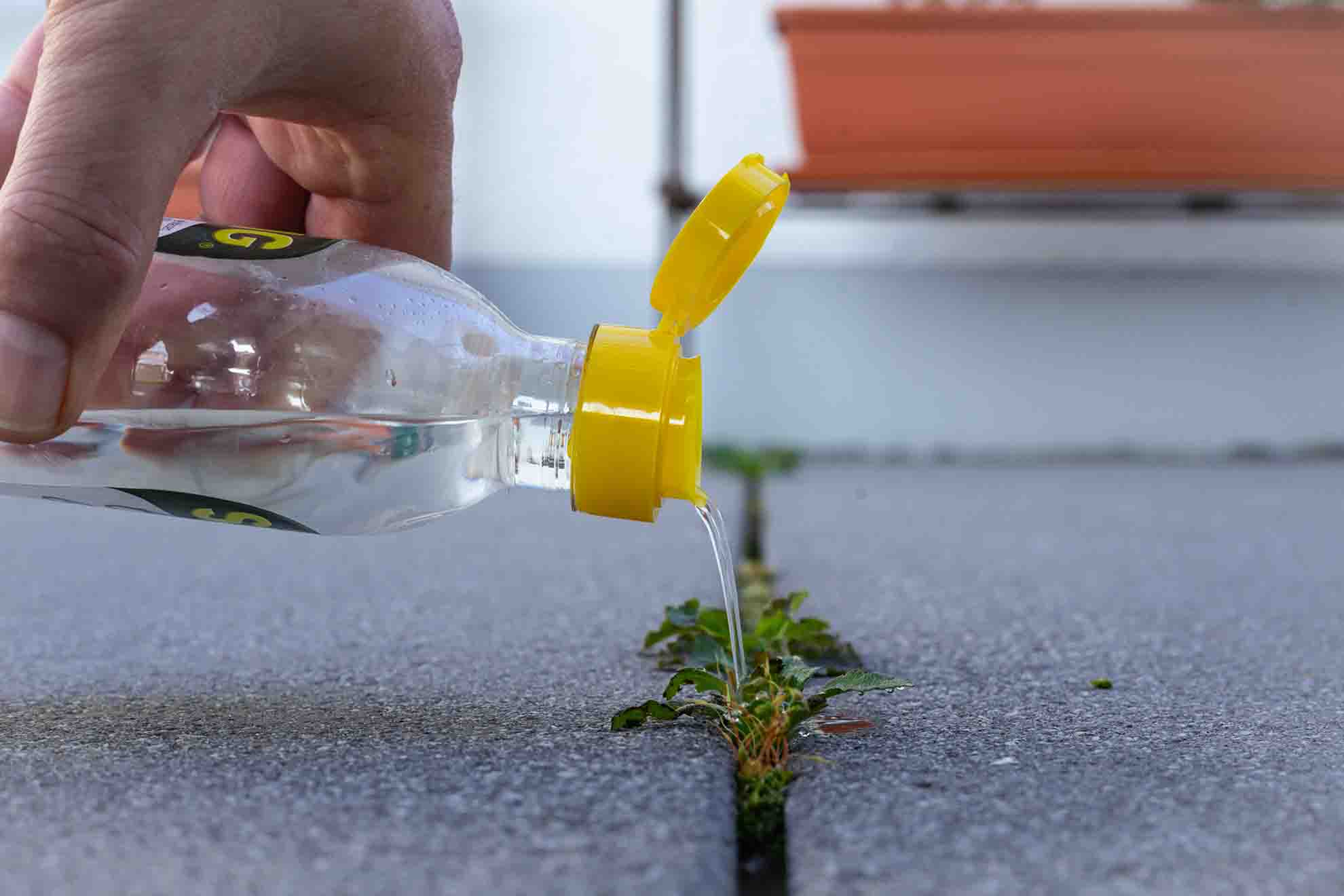

0 thoughts on “What Kills Weeds But Not Grass”